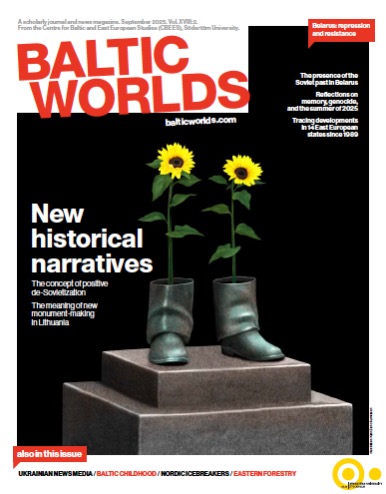An innovative guidebook to St. Petersburg. Breaking through the invisibility of Muslim history and culture
Renat Bekkin and Almira Tagirdz-hanova, Musulmanskii St. Peterburg.Istoricheskii putevoditel. [Muslim St. Petersburg: Historical Guidebook; The Life of Muslims in St. Petersburg and Its Suburbs] Renat Bekkin and Almira Tagirdzhanova. Moscow and St. Petersburg, 2016, 639 pages.

 Issue 2025, 2:
Issue 2025, 2: